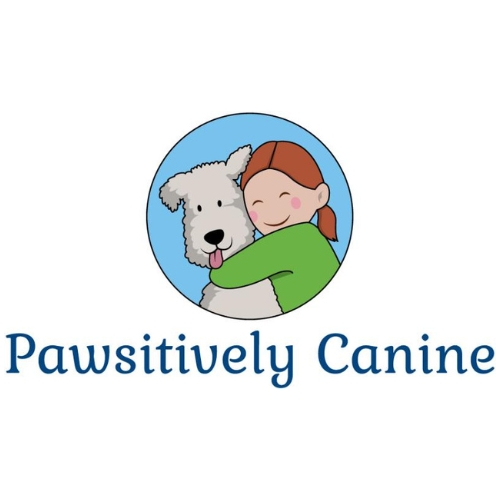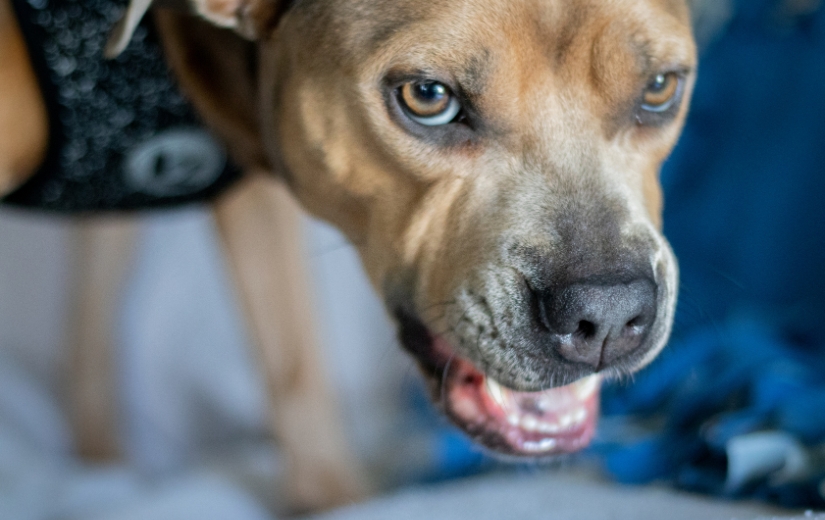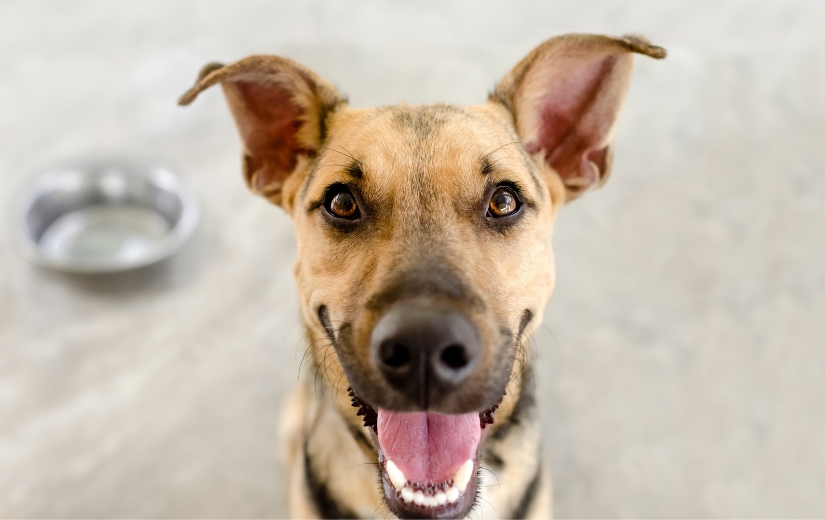Resource guarding: What is it? Why does your dog do this?

 Resource guarding might look scary. Lisa Davies, owner and trainer at Pawsitively Canine, explains what resource guarding is, why dogs do it and what you should and shouldn’t do about it.
Resource guarding might look scary. Lisa Davies, owner and trainer at Pawsitively Canine, explains what resource guarding is, why dogs do it and what you should and shouldn’t do about it.
Let’s get reading!
Many of you have probably heard the term resource guarding. But what is it? Why do dogs do this?
What is resource guarding?
Resource guarding is a very natural and normal behaviour that dogs do to prevent a person or other animal from accessing a resource that the dog values. A resource can be a space in a room, a person, a “treasure” the dog found, a bed, toys, and of course chews, food bowls, or bones.
Dogs come with this preinstalled software to guard, but some dogs have this instinct much stronger than others. Some may guard resources from humans, some from other animals, and some from both!
What does resource guarding look like?
Generally, we see growling, snarling, a strong stare (that we call hard eye), whale eye (where you can see the whites of their eyes – trying to look at the resource and you at the same time!), freezing, and faster consumption of their food. These common signals are a warning: your dog is saying back off! If this occurs before you have done training or implemented a management plan, the best (and safest) thing to do is to walk away to de-escalate. Let your pup settle back down and finish what they are doing if possible.

Why do dogs do this?
Dogs evolved to need to guard their resources for survival! This behaviour is still essential for street dogs to survive, if they find food, they must guard it to eat it and must guard sleeping spots in order to rest! The interesting part is in spite of domestication and all the specialized breeding by humans, this natural dog behaviour has been maintained even though it’s not actually needed to live as a pet in a typical family environment.
When should we intervene? What should we do about it?
Never punish your dog for this behaviour! It is likely to make it much worse. Not to mention, at that moment, their brain is telling them that they must do that. Punishment will not change how they feel about coming you or another dog coming near their stuff and will only add stress to the situation.
When guarding behaviour is mild you may be able to simply manage it and continue to monitor.
Dogs can’t speak, so they communicate with one another and other animals with body language and growling.

If your cat approaches your dog’s bone and he growls, and your cat walks away, perfect! This is a very fair and acceptable social interaction. Where you should intervene is if your cat approaches and your dog goes further, perhaps getting on top of the cat. At this point, you should consider a training intervention and add a management plan to prevent the practice of the behaviour and keep kitty safe. For example, feed your pup in a room alone so that the kitty doesn’t have access to your dog while eating.
Resource guarding looks scary, but it’s just a dog communicating and warning you of their discomfort.
I recommend intervening when a dog directs resource guarding toward humans. (The exception might be if the guarding happens very rarely and the risk to people in the home is low.)
Behaviour modification for resource guarding means helping your dog to feel better about someone coming near their stuff and managing the environment to prevent the behaviour from occurring while doing this.
The wonderful thing about training for resource guarding is that it’s very doable, and most dogs do very well with a good training and management plan!
Contact an AnimalKind accredited trainer who has worked with resource guarding.
Resource guarding looks scary, but it’s just a dog communicating and warning you of their discomfort. With training, they will start to learn that people or animals coming near their stuff predicts good things like food and play, and you will start to see a change of behaviour!